11 Perennials That Do Best When Planted in the Fall
Planting perennials in the fall offers a range of benefits, allowing them to establish strong root systems before the cold winter months. The cooler temperatures and consistent moisture during this time create ideal conditions for growth, leading to healthier, more robust plants come spring. Fall planting gives your garden a head start, ensuring that these plants will thrive when the growing season begins. By choosing the right perennials for fall planting, you set the stage for vibrant blooms and strong growth in the seasons to come.
This post may contain affiliate links, which helps keep this content free. Please read our disclosure for more info.
Coneflower (Echinacea)
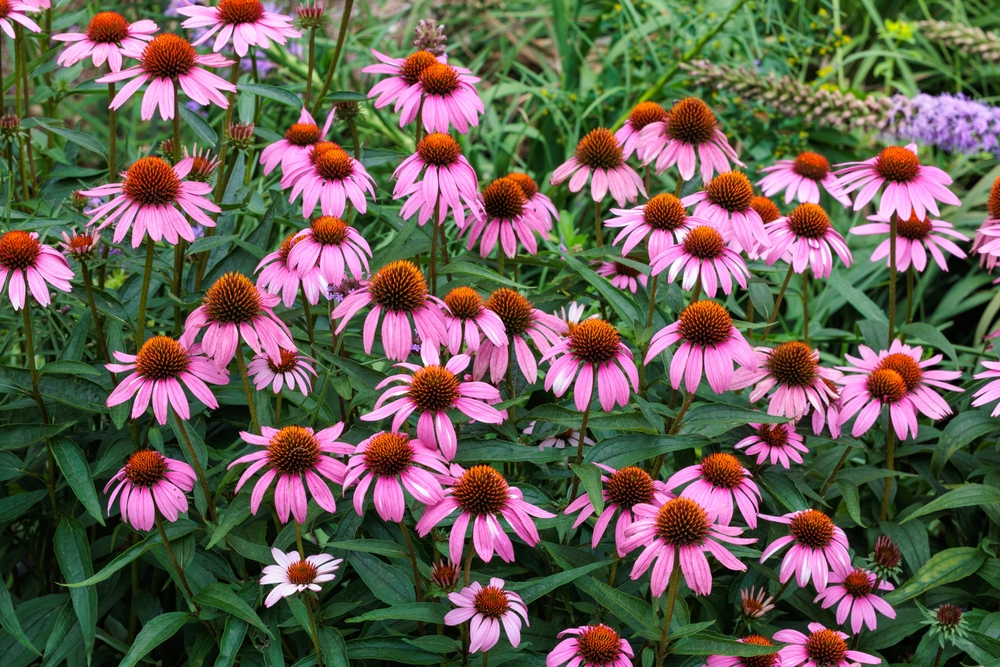
Planting coneflowers in the fall offers several benefits that contribute to the health and vitality of these hardy perennials. During the cooler autumn months, the soil is still warm enough to encourage root growth, but not so hot that the plant expends energy on top growth. This allows the roots to establish deep into the ground, creating a strong base for the plant to draw nutrients from in the following spring. The plant’s ability to settle into the soil during this time ensures that it will be able to handle harsher summer conditions once it begins actively growing.
In addition, fall planting helps reduce the risk of transplant shock. With the cooler air and consistent moisture, coneflowers can establish themselves in the garden without the added stress of fluctuating temperatures and intense heat. When spring arrives, these plants will be more robust and capable of producing larger blooms and stronger growth, making them a great addition to any garden.
Hosta
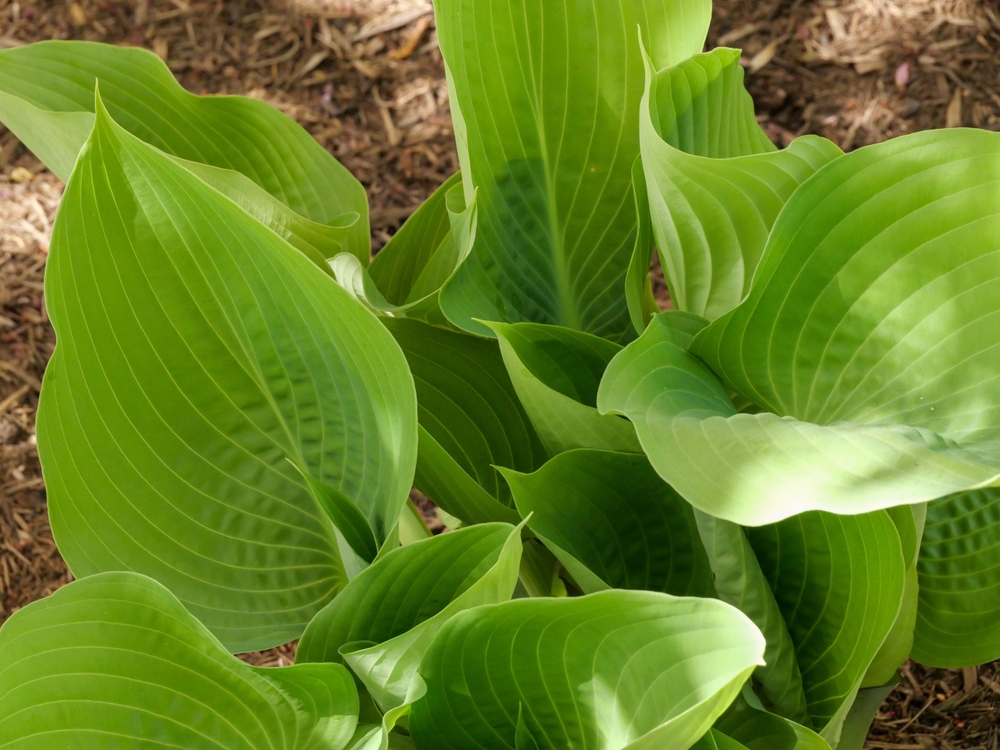
Hostas are well-known for their preference for shade and cool temperatures, making fall the ideal time to plant them. In the fall, the plants are not under pressure to grow rapidly, allowing them to focus energy on root establishment. The cooler soil temperatures encourage deeper root growth, helping the plant anchor itself firmly in the ground. This early root development is key to a successful growing season the following spring, as the plant will have already established a solid foundation.
Additionally, planting hostas in the fall allows them to avoid the challenges that come with summer heat, such as excessive watering and the potential for heat stress. With the cooler temperatures of fall, the hostas are not as vulnerable to transplant shock, giving them the opportunity to settle in and grow more slowly. By the time spring arrives, the hosta will be well-prepared to push up new shoots and foliage, ensuring a fuller and healthier plant come summertime.
Black-eyed Susan (Rudbeckia)
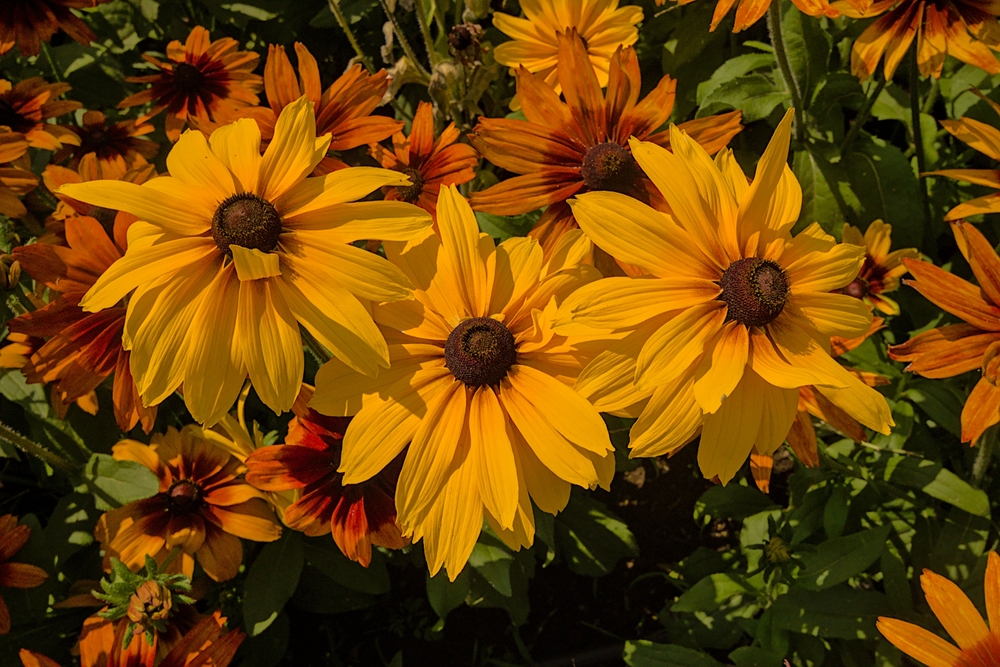
Black-eyed Susans are tough and resilient, making them a perfect candidate for fall planting. By planting these perennials in the fall, gardeners give the roots time to spread and strengthen before winter arrives. The cooler fall temperatures allow the plant to focus on growing its root system without the stress of needing to produce flowers right away. This encourages deeper root growth, which results in better nutrient absorption during the spring, allowing the plant to thrive when it begins to bloom.
Moreover, fall planting of Black-eyed Susans also gives them an advantage in terms of drought resistance. By developing a strong root system in the fall, the plants are able to withstand heat and dry conditions much better during the summer months. As the root system becomes well-established, the plant will grow more vigorously and produce brighter, longer-lasting flowers when the warmer seasons return.
Daylilies (Hemerocallis)
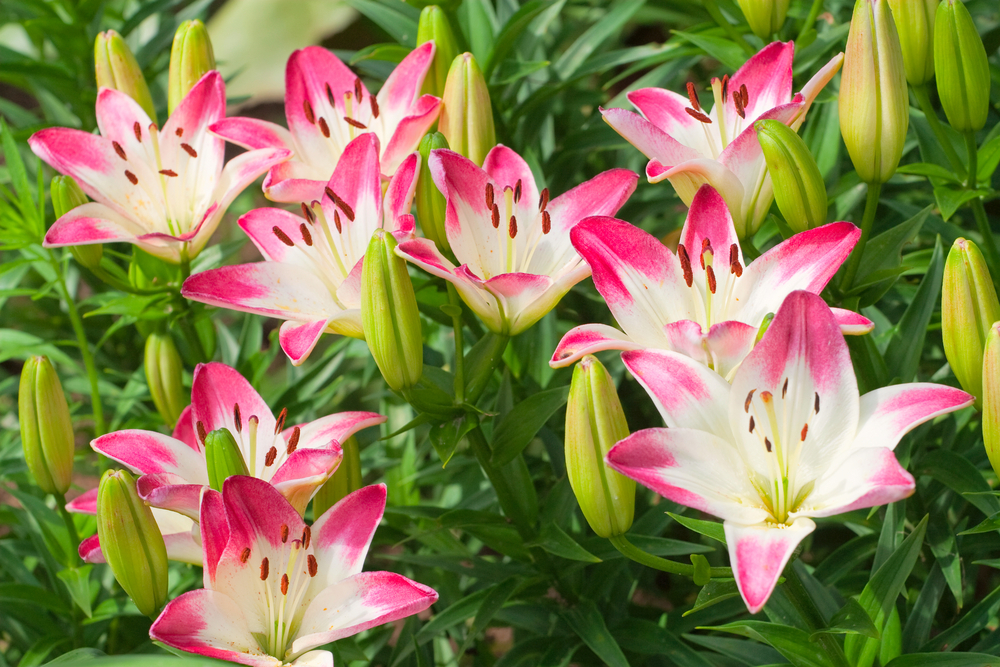
Daylilies are among the most adaptable and low-maintenance perennials, but planting them in the fall maximizes their growth potential. During fall, the soil is cool and moist, perfect conditions for establishing the plant’s root system without the added pressure of summer’s heat. As daylilies focus on root growth in the cooler months, their energy is directed toward building a strong foundation, which helps the plants survive the winter and emerge stronger come spring.
One of the key advantages of fall planting for daylilies is that they have time to settle into the soil before the stress of summer’s intense heat. Once the roots have developed, the daylilies are more prepared to handle the increased water demand and direct sunlight that come with the summer months. By planting them in the fall, gardeners ensure that their daylilies will be able to grow vigorously and produce abundant blooms the following season.
Peony
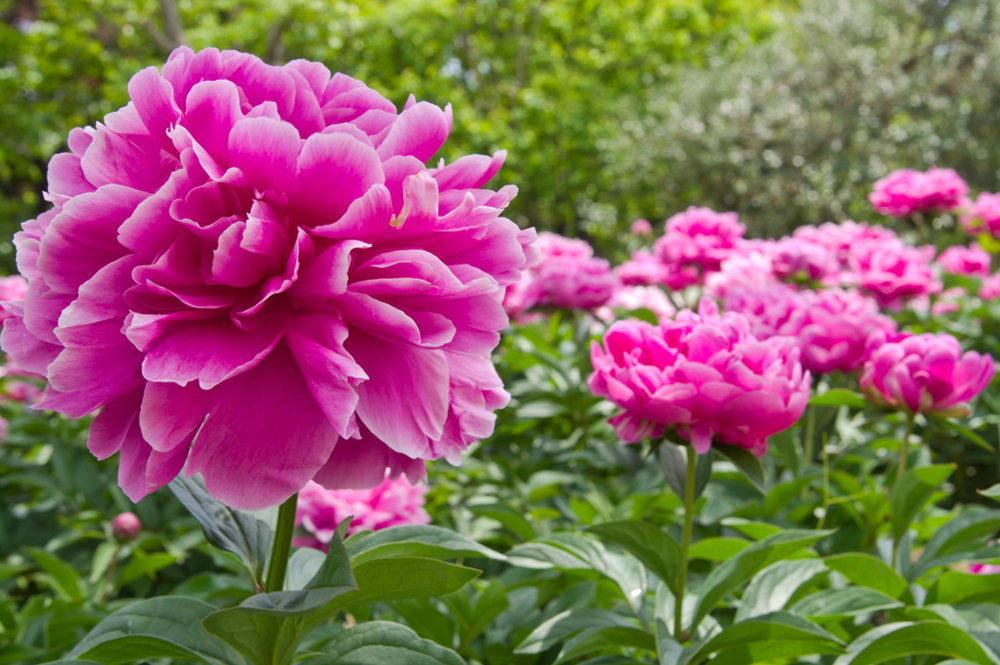
Peonies are well-known for their stunning, large blooms and longevity. These perennials are slow to establish, and planting them in the fall allows them to focus on growing deep roots before winter sets in. Fall planting gives the plant enough time to settle into the soil and establish a strong root system, which will provide essential nutrients when the plant breaks dormancy in the spring. The cooler weather of fall also helps reduce the stress of transplanting, as the plant is not working to support top growth.
By planting peonies in the fall, gardeners can also ensure that the plants will have time to acclimate to their new environment before the growing season starts. Peonies that are well-established in the fall will produce stronger shoots and fuller blooms in the spring. The fall planting also encourages better flowering the following year, as the roots are ready to nourish the plant fully once it comes out of dormancy.
Lavender (Lavandula)
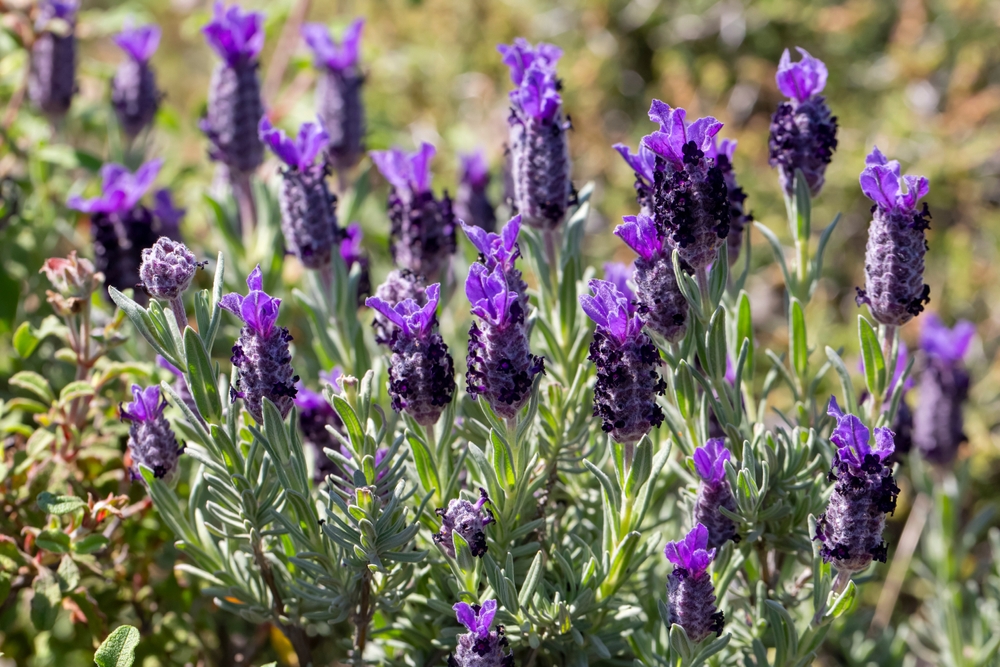
Lavender, known for its fragrant flowers and silvery-green foliage, thrives when planted in the fall. This perennial prefers cooler temperatures and well-drained soil, both of which are found in abundance during the fall months. Planting lavender in the fall allows its roots to become well-established before the colder months arrive, providing a stronger foundation when it’s time to grow in the spring. The plant’s ability to settle in during fall also helps it endure the harsh winter months and emerge more vigorous when warmer weather returns.
Furthermore, fall planting helps lavender avoid the stress of high summer temperatures. With its roots already developed, the plant is better equipped to deal with the fluctuations in weather that can occur in the spring, ensuring it thrives during the growing season. The fall planting also contributes to better water retention and improved drainage, creating the ideal environment for lavender to grow strong and healthy.
Astilbe
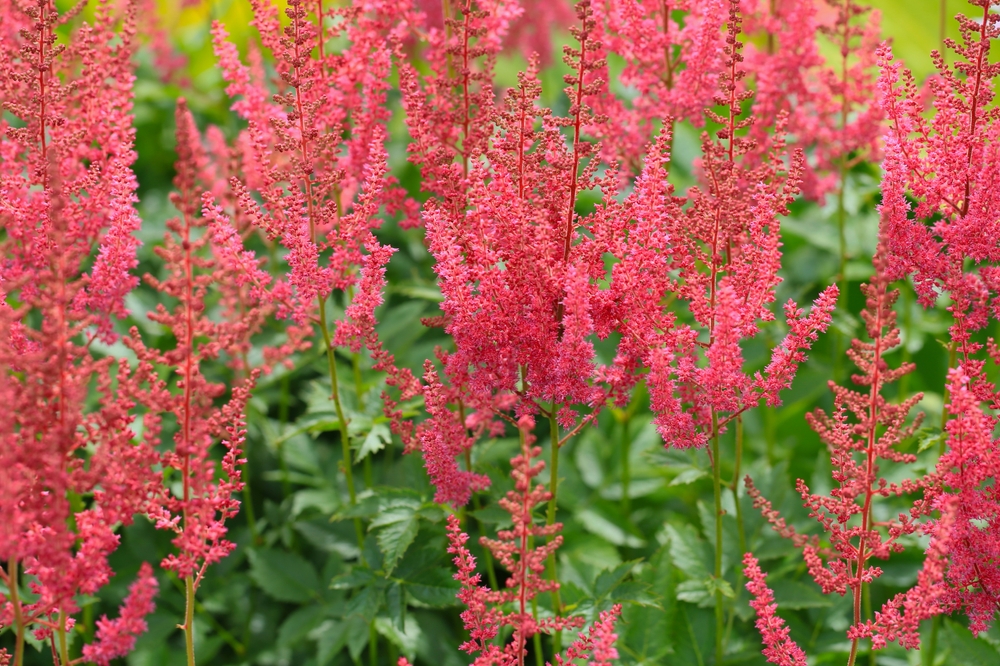
Astilbes are known for their feathery, colorful blooms and preference for shady areas with moist soil. When planted in the fall, Astilbes have the perfect opportunity to focus on establishing deep roots without the pressure of blooming immediately. The cooler temperatures and consistent rainfall in fall create an environment that helps the plant grow stronger roots, ensuring that it will be well-prepared for spring’s growth cycle.
Planting in fall also gives Astilbes a head start, as the plant’s energy is directed toward developing a robust root system instead of dealing with the stresses of heat and intense sunlight. When the growing season begins, the plant can then focus on creating the beautiful flower spikes it is known for. A fall planting ensures that the Astilbe will bloom reliably each year, contributing vibrant color to your garden.
Sedum (Autumn Joy)
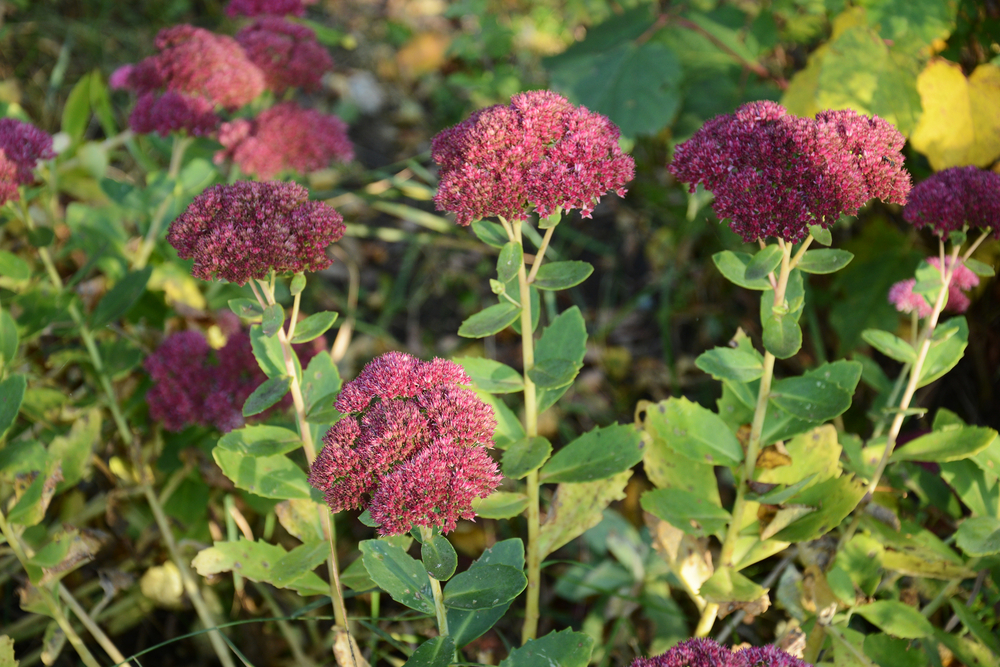
Sedum, commonly known as “Autumn Joy,” thrives in the fall planting season. This succulent perennial benefits from the cooler fall temperatures, which allow the roots to establish without the pressure of intense summer heat. Fall planting encourages the roots to grow deeply into the soil, preparing the plant for the next growing season. As the soil is moist and cool, Sedum’s roots have plenty of time to become firmly established before winter, ensuring a healthy and robust plant comes spring.
By planting Sedum in the fall, gardeners can also ensure that the plant will be able to withstand the heat of summer more effectively. With strong roots already in place, Sedum is less prone to drought stress and can continue to thrive through the hottest months. When spring arrives, the plant will be ready to bloom, offering its signature pink flowers that transition to a rich red as the season progresses.
Shasta Daisy (Leucanthemum x superbum)
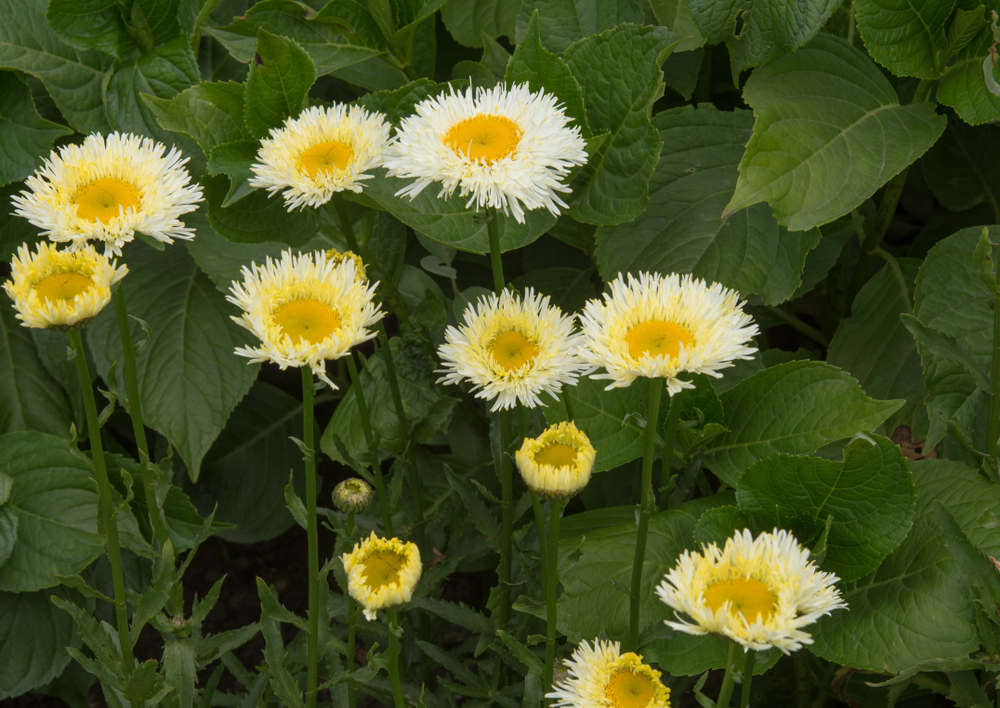
Shasta daisies are another perennial that thrives when planted in the fall. These hardy plants can handle cold temperatures, and fall planting gives them ample time to develop strong roots. During the fall, the roots have the opportunity to settle deep into the soil, giving them a head start for the following spring. The cooler weather and consistent rainfall of fall also ensure that the plants are not stressed by the heat, allowing them to establish themselves fully.
In spring, Shasta daisies that were planted in the fall will grow quickly and begin producing vibrant, white flowers with yellow centers. Their root systems, well-established by the fall, will allow the plant to thrive through the season, ensuring a strong, long-lasting bloom cycle. The fall planting season also reduces the risk of transplant shock, helping the plants adjust more easily to their new environment.
Japanese Blood Grass
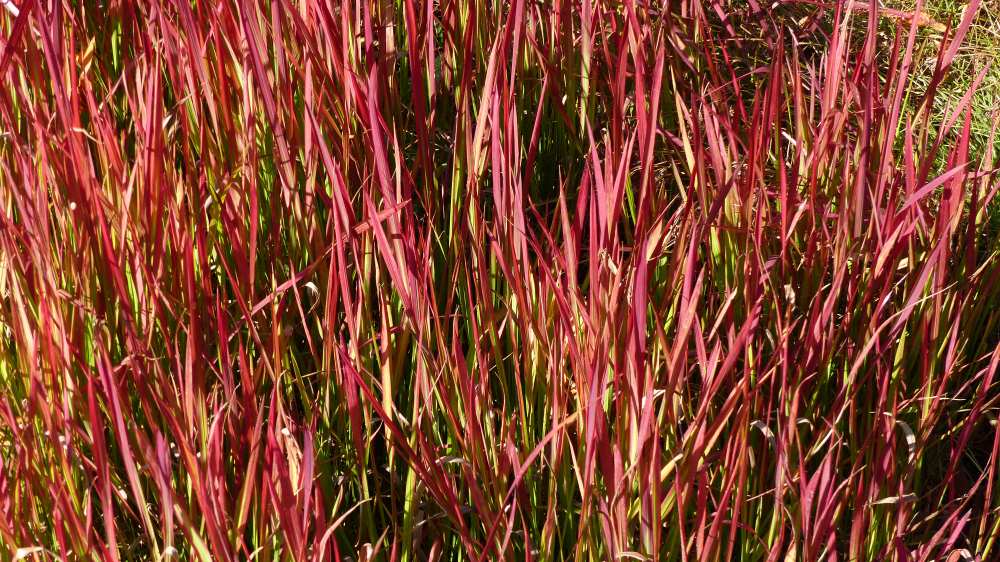
Japanese Blood Grass is a beautiful perennial that adds striking color to any garden with its red-tipped foliage. Planting this ornamental grass in the fall provides the plant with the best conditions for root development. During the fall, the cooler temperatures and moist soil allow the plant to establish a robust root system, which will support its growth in the spring. These grass plants grow slowly, and fall planting gives them the extra time needed to acclimate and root deeply.
By the time spring arrives, Japanese Blood Grass will have a well-established foundation, allowing it to push up fresh, vibrant growth. The deep roots also make the plant more drought-tolerant, allowing it to thrive even in dry conditions. Fall planting ensures that it can handle fluctuating weather conditions and perform well when the growing season begins.
Columbine (Aquilegia)
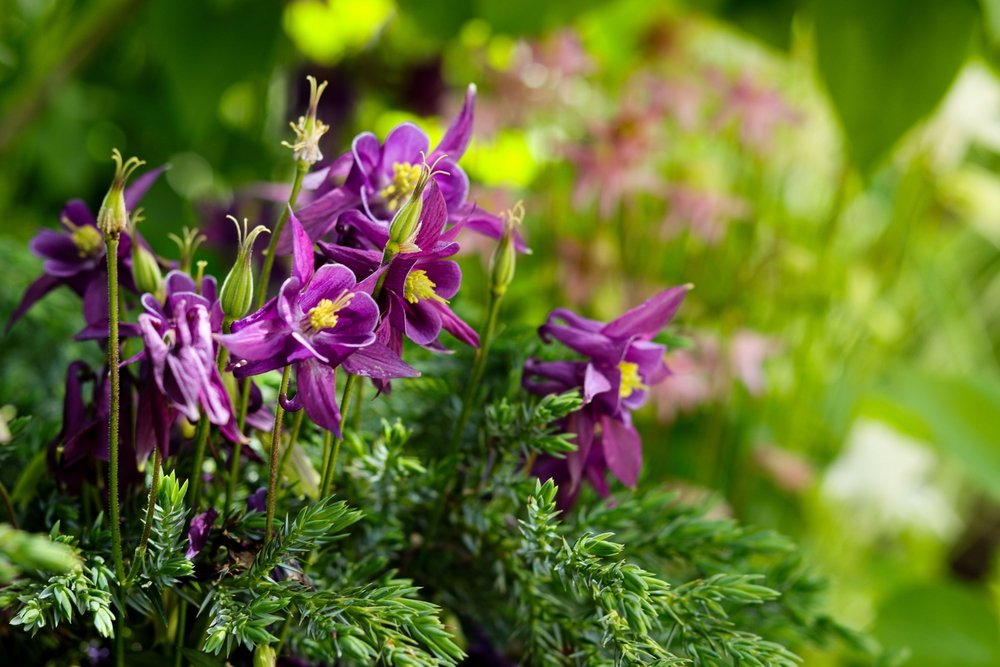
Columbine is a delicate, shade-loving perennial that flourishes when planted in the fall. During the cooler months, this plant can focus its energy on root development without the immediate pressure of flowering. The moist, cool soil of fall encourages deep root growth, which is essential for Columbine as it often struggles in dry conditions. By the time spring arrives, the roots will be well-established, helping the plant absorb nutrients more effectively, allowing for vibrant blooms and healthy foliage.
Fall planting also helps Columbine avoid the stress of extreme heat, which can damage young plants. With its roots firmly established before winter, Columbine will be better equipped to handle the challenges of fluctuating temperatures and dry spells in the spring and summer. This head start makes Columbine a resilient and reliable addition to any garden, especially in shady spots with moist soil.
This article originally appeared on Avocadu.
